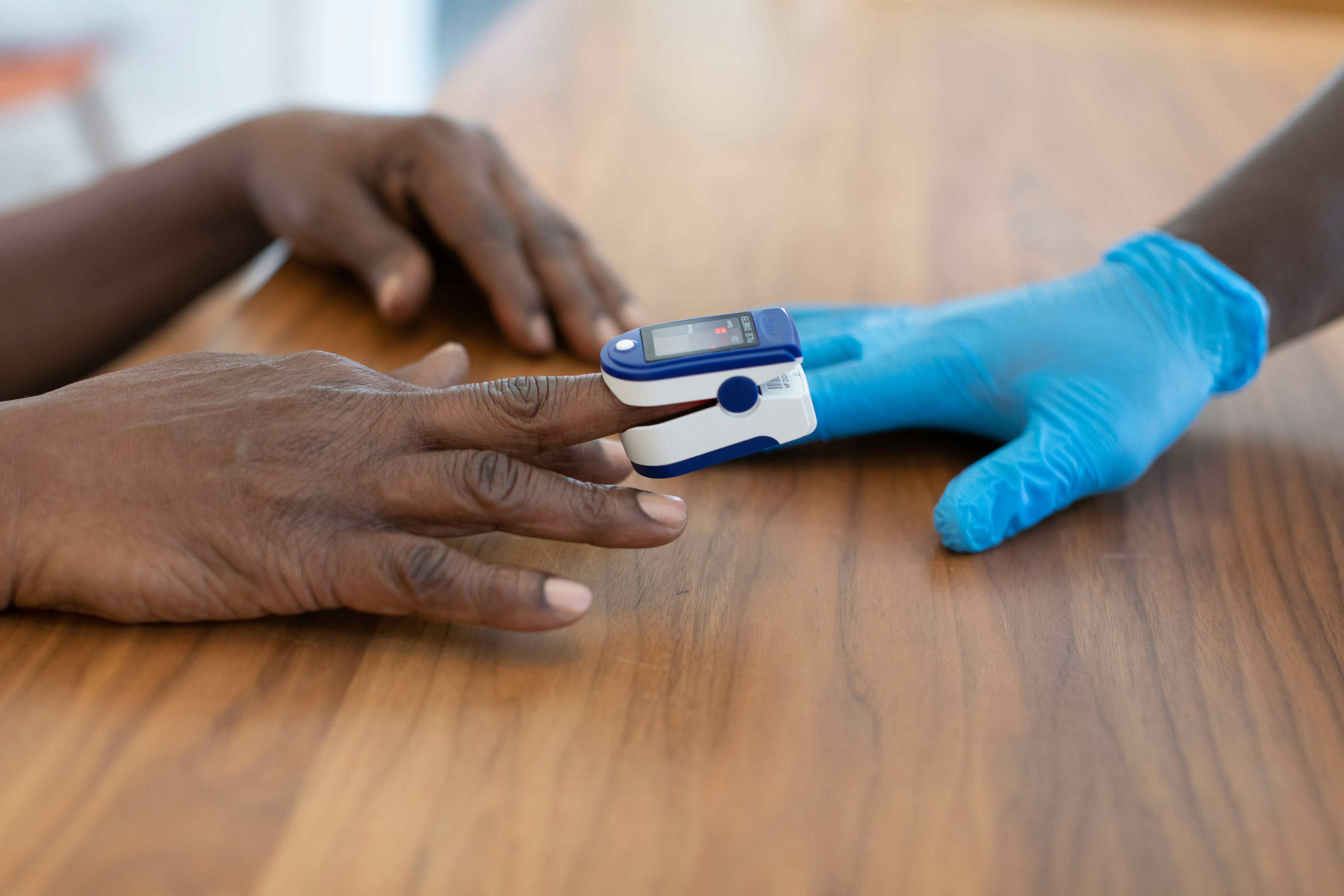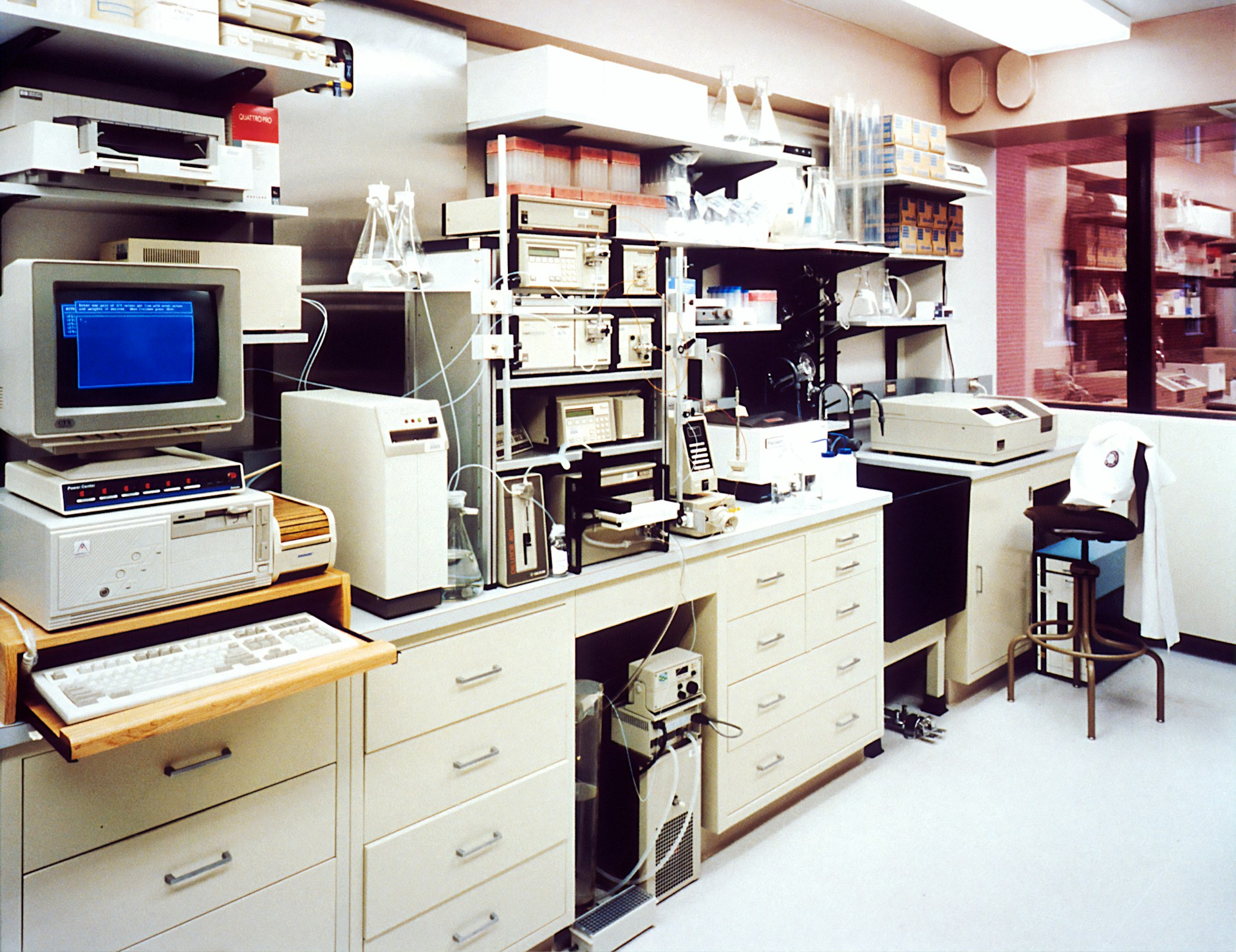
Insights
Importance of Biostatistical Analysis in the Post-Marketing Stage
15 Jul, 202410 minsBiostatistics are frequently used in pre-clinical stages and mid-projects. However, with gro...

Biostatistics are frequently used in pre-clinical stages and mid-projects. However, with growing concerns over marketing results, more organizations seek support in the post-marketing stages of trials. Traditionally, the focus has been on pre-clinical and mid-stage development in pharmaceuticals, but there is a growing
recognition of the importance of biostatistical analysis in the post-marketing stage (Phase IV).
This guide will explore the importance of biostatistical analysis and biostatistical professionals within Phase IV of clinical trials. We will highlight why biostatistics is crucial during this stage and outline biostatisticians' critical roles in ensuring medical products' continued safety and efficacy after they have been approved and introduced to the market.
Marketing vs. Reality: The Need for Biostatistics
A common misconception is that post-marketing surveillance is a formality, a final checkbox after FDA approval. In reality, this phase, known as Phase IV, is crucial for ensuring ongoing safety and effectiveness in the general population.
Phase IV studies often face criticism for poor scientific standards and inadequate data collection. Critics argue that these studies sometimes lack the rigorous controls of earlier trial phases, leading to questions about the validity of the findings. Issues such as inconsistent data collection methods, insufficient sample sizes, and biased reporting can undermine the reliability of the results.
The industry is increasingly aware of these criticisms and the need for more robust post-marketing surveillance. Regulatory agencies and healthcare organizations call for higher standards and more transparent reporting in Phase IV studies. There is a growing emphasis on improving the design and execution of these studies to ensure they provide reliable and actionable data.
This is where biostatistical analysis and data come in. They address these criticisms using statistical methodologies to ensure Phase IV studies meet high scientific standards. By standardizing data collection, ensuring adequate sample sizes, and using advanced statistical techniques, biostatistics helps provide credible insights.
4 Reasons Why Biostatistics is Crucial in the Post-Marketing Stage
We have established that biostatistics is crucial in the post-marketing stage, but why exactly? In the sections below, we will examine four main reasons.
1. Observing Real-World Impact
One of the primary goals of Phase IV is to observe the real-world impact of a drug, treatment, or device. With this stage increasingly important, ensuring that the product performs effectively and safely outside controlled clinical trials is essential.
Accurately capturing and analyzing real-world data in Phase IV is critical and challenging. This stage involves dealing with large volumes of data from various sources, which can be difficult to standardize and analyze effectively. If not done correctly, this can lead to data inconsistency, insufficient sample sizes, and biased reporting.
These problems can result in incomplete or misleading conclusions about a treatment's real-world performance, raising significant concerns among healthcare providers, regulatory bodies, and patients.
The Role of Biostatistics
Biostatistics addresses these challenges by applying statistical methods to analyze and interpret data, ensuring reliable findings. By tackling data validity and reliability issues, biostatistics provides credible insights for evaluating treatments' true impact.
Biostatisticians design and analyze observational studies, ensuring appropriate study designs (e.g., cohort studies, case-control studies) and statistical methods are used to generate reliable results. Their contributions include:
- Analyzing Data to Assess Impact: Biostatisticians support Phase IV by objectively analyzing and addressing doubts about marketing claims. They evaluate the product's effectiveness, safety, reach, and demographic trends in real-world settings.
- Designing Rigorous Studies: They design studies that collect comprehensive and reliable data, ensuring all relevant factors are considered. This helps in making informed decisions about the product’s performance.
- Evaluating Effectiveness, Safety, and Demographics: Biostatisticians analyze data from diverse populations to understand how different groups respond to the treatment, identifying variations in efficacy and previously unrecognized side effects.
Through biostatistical analysis, Phase IV studies reveal insights into product performance that controlled trials might not capture. This contributes to a more thorough understanding of the product's real-world impact.
2. Addressing Safety Concerns and Optimizing Product Use
Developing drugs, medical devices, and treatments is a complex and rigorous process that prioritizes patient safety above all else. Each stage of development, from initial discovery to post-market surveillance, is designed to meticulously assess and ensure the safety and efficacy of new medical products.
Phase IV, or post-marketing surveillance, is a critical phase that focuses on real-world use and long-term effects. This stage is crucial for identifying rare or unforeseen safety issues and optimizing product use.
Biostatistics and biostatisticians play an essential role in this phase. They utilize advanced statistical methods to analyze real-world data, detect safety signals, and refine usage guidelines. Their work ensures that the benefits of new medical products continue to outweigh any risks and that these products are used as effectively and safely as possible.
Addressing Safety Concerns
Biostatistics is fundamental in the early detection of safety concerns and unforeseen interactions with other medications. Biostatisticians can identify potential risks by continuously monitoring adverse events and other safety data from real-world use.
For example, the withdrawal of the pain reliever Vioxx in 2004 was due to biostatistical analysis that revealed an increased risk of cardiovascular events, preventing further harm to patients.
Here are ways that biostatistics helps address safety concerns within Phase IV:
- Early Detection of Safety Issues: By analyzing large datasets from post-marketing surveillance, biostatisticians can detect early signs of adverse effects.
- Statistical Analysis and Signal Detection: Biostatisticians use advanced statistical techniques to validate potential safety signals, ensuring that findings are robust and reliable.
- Risk-Benefit Assessment: Biostatistical analyses help weigh the identified risks against the benefits, guiding decisions on whether to continue, modify, or withdraw a product from the market.
Optimizing Product Use
Biostatisticians are crucial in refining prescribing guidelines based on real-world data, ensuring that products are used as effectively and safely as possible. For instance, the analysis of post-marketing data for the anticoagulant Warfarin led to more precise dosing recommendations tailored to individual patient characteristics, significantly reducing the risk of adverse effects.
Examples of key ways that biostatistics help optimize product use:
- Refining Prescribing Guidelines: Real-world data analysis allows biostatisticians to optimize dosage recommendations and identify contraindications.
- Identifying Subgroups with Differential Effectiveness: Biostatisticians can identify patient subgroups that respond differently to treatments, enabling more personalized and effective treatment plans.
- Evaluating Long-Term Effects: Longitudinal data analysis helps biostatisticians identify long-term trends in effectiveness and safety, which may not be apparent in shorter studies.
- Optimizing Dosing Regimens: By analyzing different dosages and treatment schedules, biostatisticians can develop more effective and personalized treatment plans, such as optimizing HIV treatment regimens.
Biostatisticians' continuous efforts and use of biostatistical analysis in Phase IV ensure that medical products are safe, effective, and used optimally, ultimately improving patient care and outcomes.

3. Informing Future Research and Enhancing Market Competitiveness
Biostatistics is crucial in Phase IV post-marketing surveillance by driving future research and enhancing market competitiveness. By effectively using biostatistical methods, organizations gain valuable insights that guide product improvements and innovation. This commitment to continuous improvement and patient safety enhances product effectiveness and provides a competitive edge in the market.
Advanced statistical methods detect safety signals, identify trends, and assess long-term effectiveness. Continuous monitoring allows for early detection of safety issues and identifies patient subgroups that may benefit from tailored treatments.
These insights are essential for refining and enhancing medical products. Post-marketing data can highlight areas for improvement, such as adjusting dosages, identifying contraindications, and developing new formulations. For example, analysis might reveal the need for an extended-release version of a drug or a combination therapy to improve patient outcomes.
Organizations that use biostatistics in Phase IV post-marketing surveillance gain a competitive advantage. By committing to patient safety and continuous improvement, companies build trust with healthcare providers and patients, enhancing their market reputation. This trust can lead to a more significant market share and a stronger brand.
The Essential Role of Biostatisticians
Using biostatistics to inform future research and enhance market competitiveness highlights biostatisticians' indispensable role in Phase IV.
These professionals contribute in several critical ways, including:
- Improving Product Development: Offering actionable insights from post-marketing data, leading to better formulations and product variations that address patient needs and explore new market potentials.
- Building Market Trust: Demonstrating dedication to safety and effectiveness, supporting brand loyalty, and establishing a positive market image.
- Ensuring Regulatory Compliance and Edge: Guaranteeing adherence to regulatory standards in all analyses, enabling smoother regulatory evaluations and approvals, and positioning the company as a trustworthy market contender.
- Setting Apart from Competitors: Highlighting a commitment to thorough post-market monitoring and ongoing product enhancement, attracting more healthcare providers and patients to their offerings.
Incorporating biostatistics into Phase IV post-marketing surveillance is a regulatory requirement and a strategic advantage. Organizations that utilize biostatistical insights can drive future research, inform product improvements, and gain a competitive edge.
4. Supporting Regulatory Compliance and Approval Processes
Introducing stricter regulations surrounding the development and post-marketing surveillance of medical products has made biostatistics more critical than ever.
Even though drugs and medical products have already been approved by the time they reach Phase IV, monitoring their performance is still important. Stricter regulations mean we need ongoing data to ensure these products remain safe and effective. Phase IV clinical trials, done right, are a great way to meet these regulatory demands, and biostatistical analysis is essential for this.
Ensuring Regulatory Compliance
After a product is approved, biostatisticians play a key role in ensuring the data collected during Phase IV clinical trials meets the high standards set by regulatory bodies like the FDA and EMA. This involves careful documentation, standardized data formats, and following specific statistical guidelines.
Regular submissions of safety and efficacy data are crucial, and biostatistical analysis helps ensure that adverse events, efficacy updates, and other important information are reported accurately and on time. This informs regulatory bodies about how the product performs in the real world.
Additional Approvals and Updates
New safety or efficacy data can emerge during Phase IV clinical trials, leading to updates in product labeling. Biostatistical analysis supports these updates, including adding new uses, adjusting dosages, or updating safety information, all of which need solid statistical evidence.
Biostatisticians also provide the necessary data to support applications for new uses of existing products. By showing statistically significant benefits in new patient groups or for new indications, they help speed up the approval process for these additional uses.
For example, the diabetes drug metformin, originally approved for blood sugar control, was found through post-marketing data analysis to have additional benefits in weight management and reducing cardiovascular risks. This led to updated guidelines and new recommendations for its use.
The Role of Biostatisticians
Biostatistical analysis and data support regulatory compliance and approval processes through the real-world data collected in Phase IV. Biostatisticians who utilize this data ensure its effectiveness in meeting changing regulatory standards.
Here are key examples of their key roles within this:
- Ensure Data Integrity: They ensure the data collected during Phase IV clinical trials is accurate, complete, and consistent.
- Perform Detailed Analyses: They use advanced statistical methods to analyze real-world data, ensuring the findings are valid and reliable.
- Prepare Regulatory Submissions: They compile thorough reports and documentation for regulatory submissions, showing that the product is safe and effective.
Biostatistics utilizing biostatistical analysis helps keep products on the market by helping with regulatory compliance and additional approvals. This ensures that medical products meet the highest safety and efficacy standards throughout their lifecycle.
Final Thoughts on Biostatistical Analysis Significance in Phase IV
Biostatistics is critical in the post-marketing stage (Phase IV) of drug and medical product development. This phase is essential for ensuring ongoing safety and effectiveness, addressing safety concerns, and providing valuable insights that inform future research and product improvements.
Investing in skilled biostatisticians is crucial for any organization aiming to ensure the safety and efficacy of their products post-approval. Biostatisticians help bridge the gap between marketing claims and real-world outcomes by maintaining high scientific standards and providing robust data analysis.
Businesses should prioritize Phase IV biostatistics to achieve long-term success and contribute to responsible drug development. Embracing rigorous post-marketing surveillance enhances market competitiveness and supports trust and credibility among healthcare providers and patients.
Considering Expanding Your Biometrics Team?
At Warman O'Brien, our consultants are seasoned experts in biometric recruitment. We're committed to facilitating connections with top-tier talent in the life sciences field. We understand that each project has unique hiring needs. That's why our globally growing recruitment consultancy service is meticulously tailored to cater to your specific requirements.
Get in touch with us today to discover more about how we can accommodate your hiring needs.


